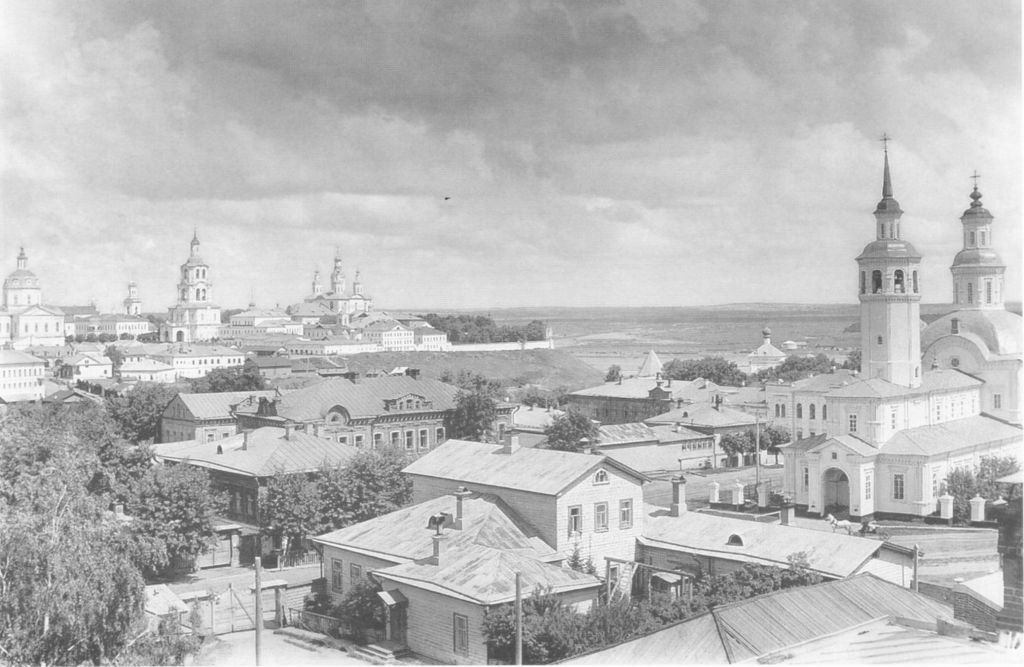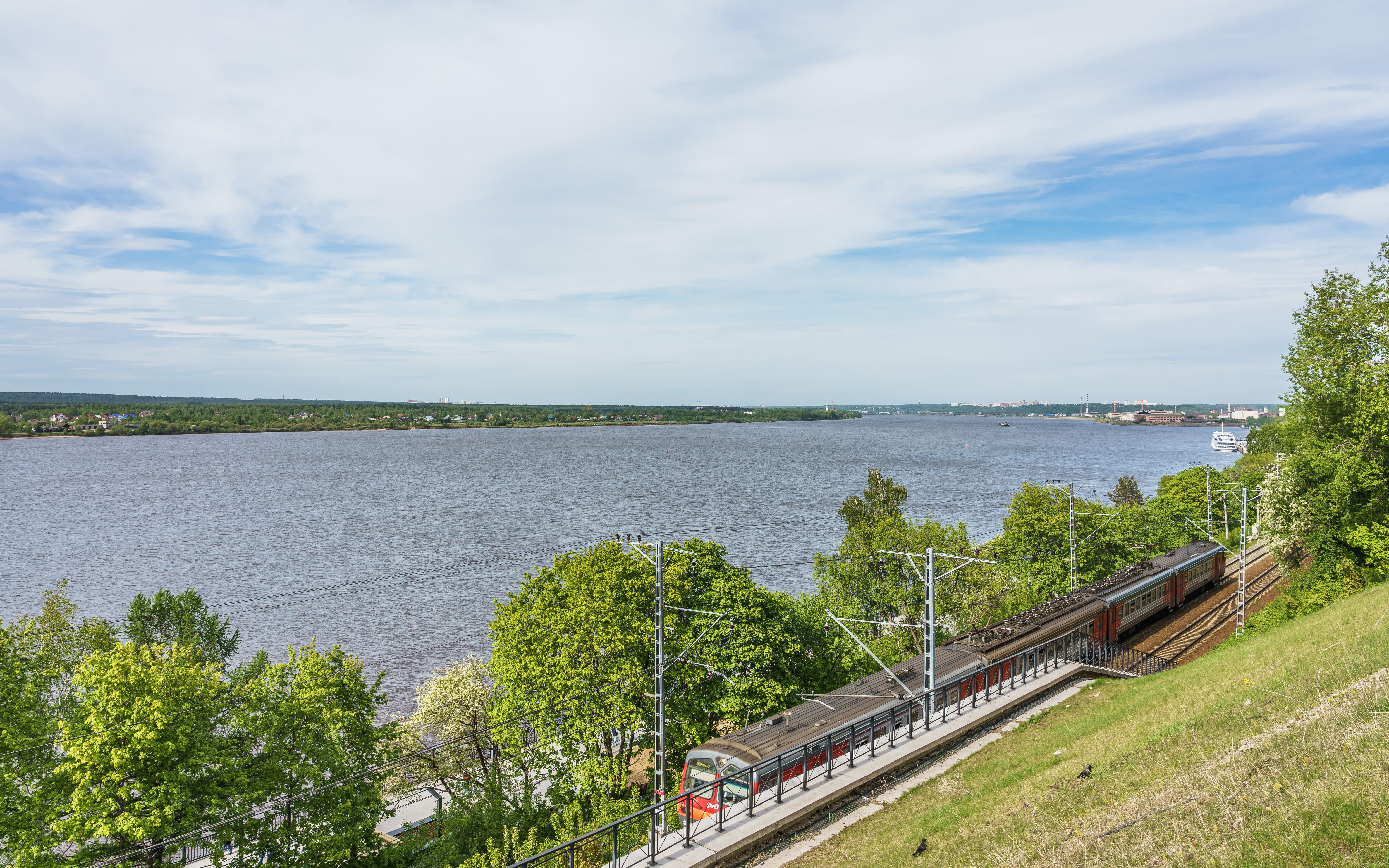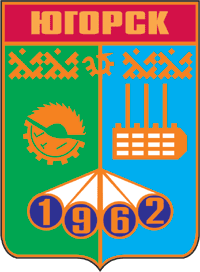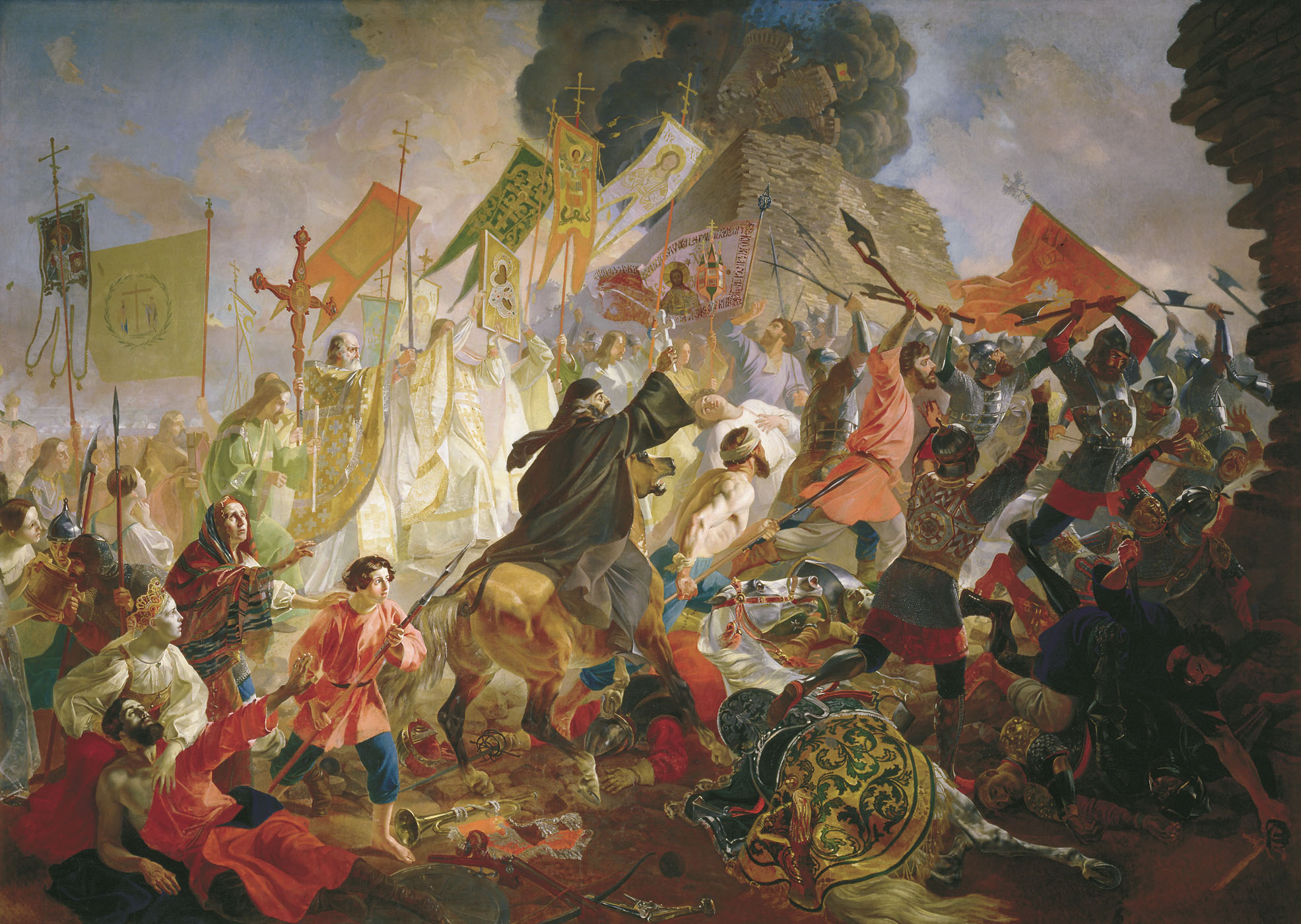|
Sovereign, Tsar And Grand Prince Of All Russia
The Sovereign, Tsar and Grand Prince of all Russia, also the Tsar of all Russia, was the official title of the List of Russian monarchs, Russian monarch from 1547 to 1721. During this period, the state was a Tsardom of Russia, tsardom. The first Russian monarch to be crowned tsar was Ivan the Terrible, Ivan IV, who had held the title of Sovereign and Grand Prince of all Russia, sovereign and grand prince. In 1721, Peter the Great, Peter I adopted the title of Emperor of all the Russias, emperor and proclaimed the Russian Empire. The old title ''tsar'' continued to be popularly used to refer to the emperor. Title The full title varied between tsars. The full title of Alexis of Russia, Alexis was: History Following the expansion of his realm and his marriage to Sophia Palaiologina, the grand prince Ivan III of Russia, Ivan III took the title of Sovereign and Grand Prince of all Russia, sovereign and claimed inheritance to all the former territories of Kievan Rus', including thos ... [...More Info...] [...Related Items...] OR: [Wikipedia] [Google] [Baidu] |
List Of Russian Flags
Russia has used various flags throughout its history. Flags of the Russian Federation State flag Presidential flags Military flags Following the collapse of the Soviet Union in 1991, for a brief time, many Soviet era flags were still in use until new designs replaced them in the early 2000s. The new flags of the Russian Armed Forces are heavily inspired by the regimental banners and flags of the late Imperial Russian Army and Navy. Flags of service branches Flags of the Ground Forces Flags of the arms of the Ground Forces of the Russian Federation Flags of the Aerospace Forces The Aerospace Forces are a branch of the Armed Forces of the Russian Federation, it has three arms, the Russian Air Force, the Air Defense Forces, and the Russian Space Forces. The Air Defense Forces does not have a flag. Flags of the Rear of the Armed Forces Military district flags Banners of the Armed Forces Each branch of the Armed Forces has a representative banner, one f ... [...More Info...] [...Related Items...] OR: [Wikipedia] [Google] [Baidu] |
Novgorod
Veliky Novgorod ( rus, links=no, Великий Новгород, t=Great Newtown, p=vʲɪˈlʲikʲɪj ˈnovɡərət), also known as just Novgorod (), is the largest city and administrative centre of Novgorod Oblast, Russia. It is one of the oldest cities in Russia, being first mentioned in the 9th century. The city lies along the Volkhov River just downstream from its outflow from Lake Ilmen and is situated on the M10 federal highway connecting Moscow and Saint Petersburg. UNESCO recognized Novgorod as a World Heritage Site in 1992. The city has a population of At its peak during the 14th century, the city was the capital of the Novgorod Republic and was one of Europe's largest cities. The "Veliky" ("great") part was added to the city's name in 1999. History Early developments The Sofia First Chronicle makes initial mention of it in 859, while the Novgorod First Chronicle first mentions it in 862, when it was purportedly already a major Baltics-to- Byzantium station ... [...More Info...] [...Related Items...] OR: [Wikipedia] [Google] [Baidu] |
Yaroslavl
Yaroslavl ( rus, Ярослáвль, p=jɪrɐˈsɫavlʲ) is a city and the administrative center of Yaroslavl Oblast, Russia, located northeast of Moscow. The historic part of the city is a World Heritage Site, and is located at the confluence of the Volga and the Kotorosl rivers. It is part of the Golden Ring, a group of historic cities northeast of Moscow that have played an important role in Russian history. Population: Geography Location The city lies in the eastern portion of Yaroslavl Oblast. The nearest large towns are Tutayev ( to the northwest), Gavrilov-Yam ( to the south), and Nerekhta ( to the southeast). The historic center of Yaroslavl lies to the north of the mouth of the Kotorosl River on the right bank of the larger Volga River. The city's entire urban area covers around and includes a number of territories south of the Kotorosl and on the left bank of the Volga. With nearly 600,000 residents, Yaroslavl is, by population, the largest town on the Volga unt ... [...More Info...] [...Related Items...] OR: [Wikipedia] [Google] [Baidu] |
Rostov
Rostov ( rus, Росто́в, p=rɐˈstof) is a town in Yaroslavl Oblast, Russia, one of the oldest in the country and a tourist center of the Golden Ring. It is located on the shores of Lake Nero, northeast of Moscow. Population: While the official name of the town is Rostov, it is popularly known to Russians as Rostov Veliky ( rus, Ростов Великий, ''Rostov the Great'') to distinguish it from the much larger city of Rostov-on-Don. The name of the town railway station is Rostov Yaroslavsky, due to its location in Yaroslavl Oblast. History Rostov was preceded by Sarskoye Gorodishche, which some scholars interpret as the capital of the Finnic Merya tribe. Others believe it was an important Viking trade enclave and fortress guarding the Volga trade route. It is known from Norse sources as Raðstofa. Scythians also settled there. These different ethnicities, such as the Vikings, Scyths, Slavs and Finns, were likely the ancestors of many of today's people ... [...More Info...] [...Related Items...] OR: [Wikipedia] [Google] [Baidu] |
Ryazan
Ryazan ( rus, Рязань, p=rʲɪˈzanʲ, a=ru-Ryazan.ogg) is the largest city and administrative center of Ryazan Oblast, Russia. The city is located on the banks of the Oka River in Central Russia, southeast of Moscow. As of the 2010 Census, Ryazan had a population of 524,927, making it the 33rd most populated city in Russia, and the fourth most populated in Central Russia after Moscow, Voronezh, and Yaroslavl. Ryazan was previously known as Pereyaslavl-Ryazansky () until 1778, where it became the new capital of the Principality of Ryazan following the Mongol invasion of Kievan Rus'. The original capital, located downstream on the Oka and now known as Old Ryazan (), was among the first cities in Russia to be beseiged and destroyed during the invasion that began in 1237. The city is known for the Ryazan Kremlin, a historic museum; the Pozhalostin Museum, one of the oldest art museums in Russia; the Memorial Museum-Estate of Academician I.P. Pavlov; and the Ryaza ... [...More Info...] [...Related Items...] OR: [Wikipedia] [Google] [Baidu] |
Chernigov
Chernihiv ( uk, Черні́гів, , russian: Черни́гов, ; pl, Czernihów, ; la, Czernihovia), is a city and municipality in northern Ukraine, which serves as the administrative center of Chernihiv Oblast and Chernihiv Raion within the oblast. Chernihiv's population is The city was designated as a Hero City during the 2022 Russian Invasion of Ukraine. Geography Chernihiv stands on the Desna River to the north-north-east of Kyiv. The area was served by Chernihiv Shestovytsia Airport prior to 2002, and during the Cold War it was the site of Chernihiv air base. History Etymology The name "Chernihiv" is a compound name, which begins with the root 'Cherni/Cherno,' which means "black" in Slavic. Scholars vary with interpretations of the second part of the name ("hiv"/gov", "говъ") though scholars such as Dr. Martin Dimnik, Professor of Medieval History at University of Toronto, connect Cerhnihov with the worship of "the black god" Chernibog. Early history ... [...More Info...] [...Related Items...] OR: [Wikipedia] [Google] [Baidu] |
Nizhny Novgorod
Nizhny Novgorod ( ; rus, links=no, Нижний Новгород, a=Ru-Nizhny Novgorod.ogg, p=ˈnʲiʐnʲɪj ˈnovɡərət ), colloquially shortened to Nizhny, from the 13th to the 17th century Novgorod of the Lower Land, formerly known as Gorky (, ; 1932–1990), is the administrative centre of Nizhny Novgorod Oblast and the Volga Federal District. The city is located at the confluence of the Oka and the Volga rivers in Central Russia, with a population of over 1.2 million residents, up to roughly 1.7 million residents in the urban agglomeration. Nizhny Novgorod is the sixth-largest city in Russia, the second-most populous city on the Volga, as well as the Volga Federal District. It is an important economic, transportation, scientific, educational and cultural center in Russia and the vast Volga-Vyatka economic region, and is the main center of river tourism in Russia. In the historic part of the city there are many universities, theaters, museums and churches. The city ... [...More Info...] [...Related Items...] OR: [Wikipedia] [Google] [Baidu] |
Kirov, Kirov Oblast
Kirov ( rus, Ки́ров, p=ˈkʲirəf, a=Ru-Киров.ogg) is the largest city and administrative center of Kirov Oblast, Russia. It is located on the Vyatka River in European Russia, 896 km northeast of Moscow. Its population was 518,348 in 2020. Kirov is a historical, cultural, industrial, and scientific center of Priural'e (territory on the west side of the Ural Mountains); place of origin for Dymkovo toys; the most eastern city founded during the times of Kievan Rus'. The city also had the names of Khlynov (, from 1457 to 1780), and Vyatka (, until 1934). History Principality and republic The native Slavic tribe of Central Russia and Volga regions, the Vyatichis (also called Viatichi), mixed here with the Novgorodian Slovenes and Finno-Ugric people. According to the medieval chronicles the first Russian settlements in the area appeared in 12th century. Kirov itself was first mentioned (as Vyatka) for the first time in 1374 when Novgorod ushkuyniks plun ... [...More Info...] [...Related Items...] OR: [Wikipedia] [Google] [Baidu] |
Perm, Russia
Perm (russian: Пермь, p=pʲermʲ), previously known as Yagoshikha (Ягошиха) (1723–1781), and Molotov (Молотов) (1940–1957), is the largest city and the administrative centre of Perm Krai, Russia. The city is located on the banks of the Kama River, near the Ural Mountains, covering an area of , with a population of over one million residents. Perm is the fifteenth-largest city in Russia, and the fifth-largest city in the Volga Federal District. In 1723, a copper-smelting works was founded at the village of ''Yagoshikha''. In 1781 the settlement of Yagoshikha became the town of ''Perm''. Perm's position on the navigable Kama River, leading to the Volga, and on the Siberian Route across the Ural Mountains, helped it become an important trade and manufacturing centre. It also lay along the Trans-Siberian Railway. Perm grew considerably as industrialization proceeded in the Urals during the Soviet period, and in 1940 was named ''Molotov'' in honour of ... [...More Info...] [...Related Items...] OR: [Wikipedia] [Google] [Baidu] |
Yugorsk
Yugorsk (russian: Югорск) is a town in Khanty–Mansi Autonomous Okrug, Russia, located in the northwestern part of the East-West lowland, from Khanty-Mansiysk. Population: Geography The relief in the town is flat. The town is surrounded by forests. The Ess River flows from the town. History The settlement of Komsomolsky was built in 1962 to support timber and natural gas industries. The settlement grew as the gas fields of Western Siberia were being explored, and the production association Tyumentransgas (since 2007 GazpromTransgazYugorsk) developed. In March 1959, subdivisions of railway troops started the construction of the "Ivdel-Ob" railway. The town was renamed Yugorsk in July 1992. The name originates from the name of the land "Yugra", or "Yugoria"—the place where the Khanty and Mansi peoples live. Administrative and municipal status Within the framework of administrative divisions, it is incorporated as the town of okrug significance of Yugorsk—an ... [...More Info...] [...Related Items...] OR: [Wikipedia] [Google] [Baidu] |
Tver
Tver ( rus, Тверь, p=tvʲerʲ) is a city and the administrative centre of Tver Oblast, Russia. It is northwest of Moscow. Population: Tver was formerly the capital of a powerful medieval state and a model provincial town in the Russian Empire, with a population of 60,000 on 14 January 1913. It is situated at the confluence of the Volga and Tvertsa Rivers. The city was known as Kalinin ( rus, Кали́нин, Kalínin) from 1931 to 1990. The city is where three rivers meet, splitting the town into northern and southern parts by the Volga River, and divided again into quarters by the Tvertsa River, which splits the left (northern) bank into east and west halves, and the Tmaka River which does the same along the southern bank. History Medieval origins Tver's foundation year is officially accepted to be 1135,Charter of Tver, Article 1 although there is no universal agreement on this date and some estimates place it as late as the second half of the 13th centur ... [...More Info...] [...Related Items...] OR: [Wikipedia] [Google] [Baidu] |
Pskov
Pskov ( rus, Псков, a=pskov-ru.ogg, p=pskof; see also Names of Pskov in different languages, names in other languages) is a types of inhabited localities in Russia, city in northwestern Russia and the administrative center of Pskov Oblast, located about east of the Estonia, Estonian border, on the Velikaya River. Population: Pskov is one of the oldest cities in Russia. It served as the capital of the Pskov Republic and was a trading post of the Hanseatic League before it came under the control of the Grand Duchy of Moscow. History Early history Pskov is one of the oldest cities in Russia. The name of the city, originally Pleskov (historic Russian spelling , ''Plěskov''), may be loosely translated as "[the town] of :wikt:purling, purling waters". It was historically known in English as Plescow. Its earliest mention comes in 903, which records that Igor of Kiev married a local lady, Olga of Kiev, Olga (later Saint Olga of Kiev). Pskovians sometimes take this year as ... [...More Info...] [...Related Items...] OR: [Wikipedia] [Google] [Baidu] |
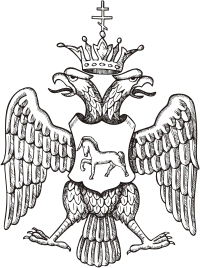

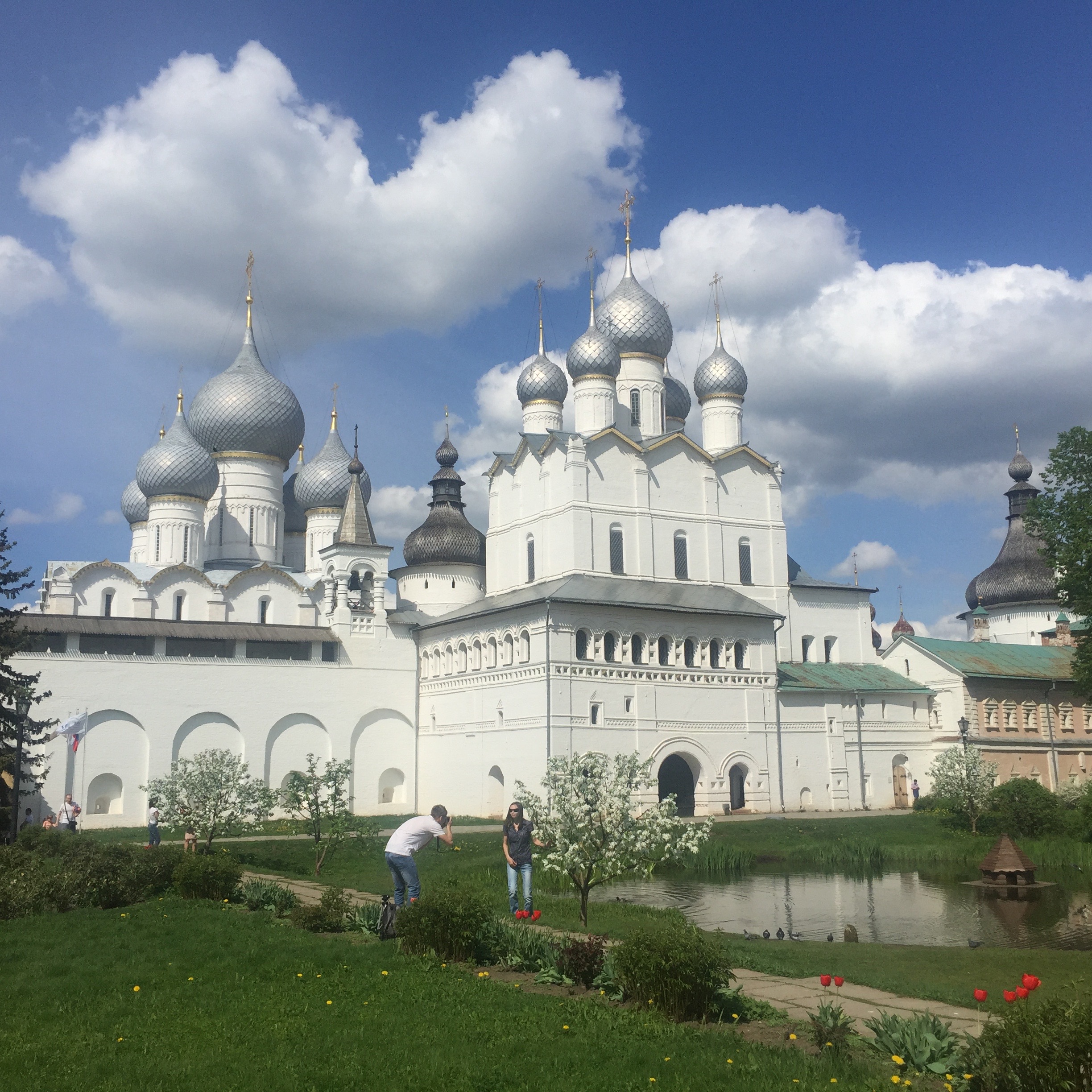

.jpg)

